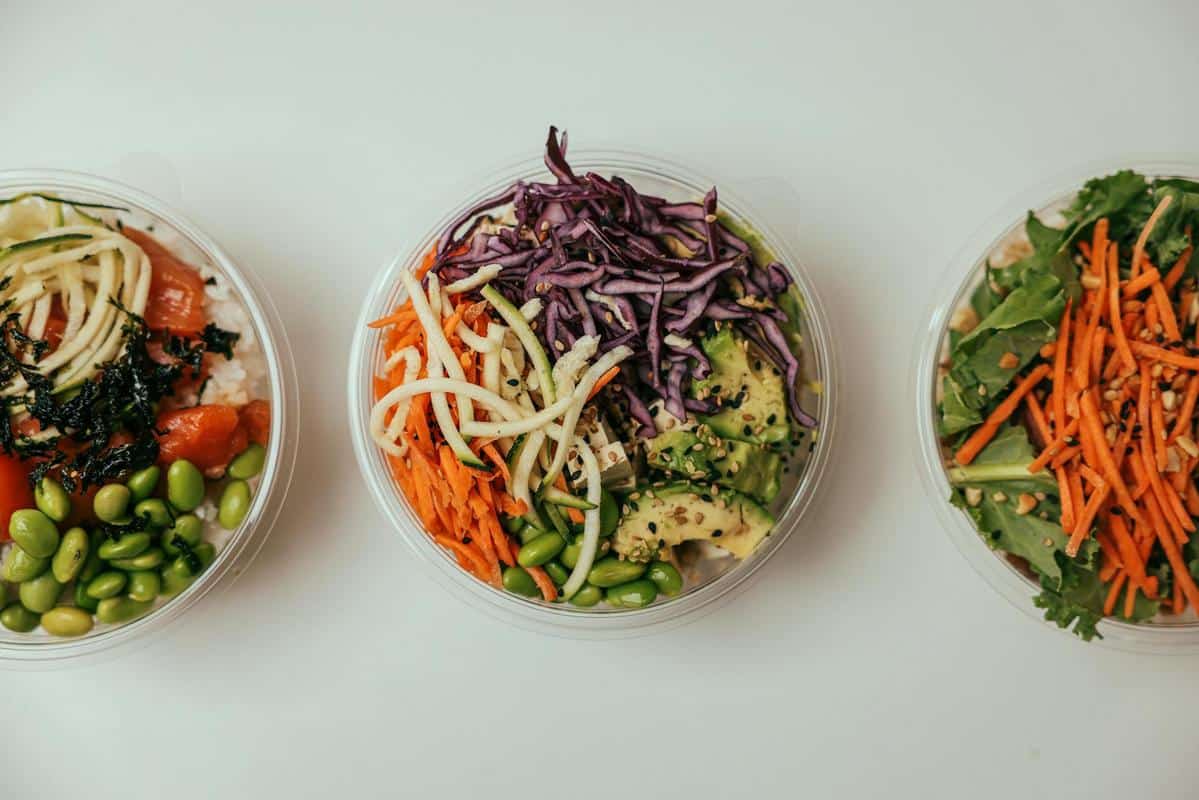
The Role of Fiber in Maintaining a Healthy Gut
A balanced diet plays a crucial role in maintaining overall health, and one often overlooked component is fiber. This essential nutrient is a powerhouse when it comes to supporting a healthy gut, yet many people don’t consume enough of it daily.
Understanding the role of fiber in gut health is key to unlocking better well-being. Fiber, a type of carbohydrate found in plants, passes through the digestive system mostly intact. It is categorized into two main types: soluble and insoluble, each playing a unique role in digestion.
The Importance of Fiber
Fiber is vital for a healthy gut as it aids in digestion and helps prevent constipation. Soluble fiber dissolves in water to form a gel-like substance, slowing digestion and helping control blood sugar levels. On the other hand, insoluble fiber adds bulk to stool, which helps food pass more quickly through the stomach and intestines.
Expert Insights on Fiber
Nutrition experts emphasize the importance of fiber for gut health. Dr. Lisa Young, a registered dietitian, explains, “A diet rich in fiber can improve digestion and reduce the risk of chronic diseases.” This aligns with findings from the World Health Organization, which suggests that increasing dietary fiber intake is associated with lower risk of cardiovascular disease and type 2 diabetes.
Statistics on Fiber Intake
Despite its benefits, many individuals fall short of the recommended fiber intake. According to the Dietary Guidelines for Americans, women should aim for 25 grams of fiber per day, while men should target 38 grams. However, most people consume only about 15 grams daily.
Personal Insights
Consider the story of Mark, who struggled with digestive issues for years. After incorporating more fiber-rich foods like fruits, vegetables, and whole grains into his diet, he noticed a significant improvement in his gut health and overall energy levels.
Actionable Tips for Increasing Fiber
- Start your day with a high-fiber breakfast, like oatmeal topped with berries.
- Incorporate legumes into your meals, such as beans or lentils in salads and soups.
- Choose whole grain products over refined grains.
- Snack on nuts, seeds, or raw veggies instead of processed snacks.
Gradually increase your fiber intake to avoid digestive discomfort and drink plenty of water to help fiber do its job effectively.
Fiber-Rich Foods Comparison
| Food | Fiber Content (per 100g) |
|---|---|
| Chia Seeds | 34.4g |
| Almonds | 12.5g |
| Black Beans | 8.7g |
| Broccoli | 2.6g |
| Quinoa | 2.8g |
| Apples | 2.4g |
| Carrots | 2.8g |
| Oats | 10.6g |
Frequently Asked Questions
What is the difference between soluble and insoluble fiber?
Soluble fiber dissolves in water and helps regulate blood sugar levels, while insoluble fiber adds bulk to stool and aids in regular bowel movements.
Can I consume too much fiber?
It’s possible, especially if you increase your intake too quickly. This can lead to bloating and gas. It’s best to increase fiber gradually and drink plenty of fluids.
Conclusion
Incorporating adequate fiber into your diet is a simple yet effective way to promote a healthy gut. By choosing a variety of fiber-rich foods and gradually increasing your intake, you can enhance your digestive health and enjoy the benefits of improved well-being. Take the first step towards a healthier gut today by making small, sustainable changes to your diet.


